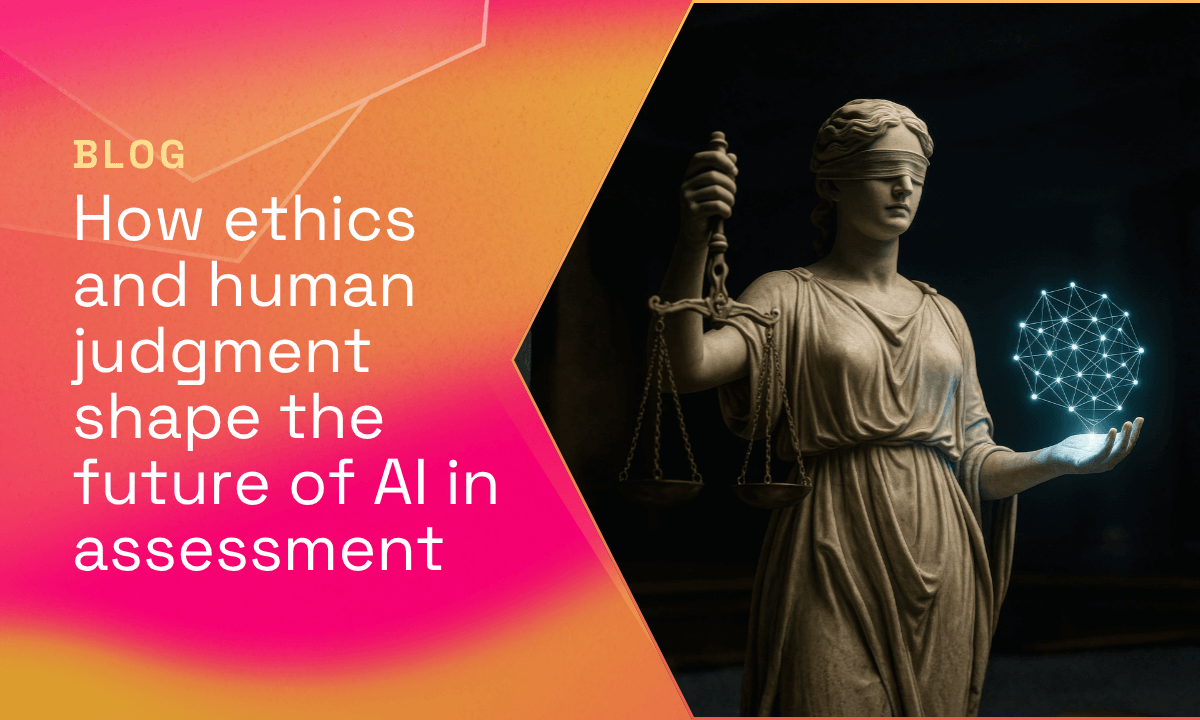The Key Role of Effective Communication in Empowering Teams
In the collaborative landscape of teamwork, communication acts as the essential bridge that connects individuals, guiding them toward shared success. Communication It's not just about talking, but about truly connecting, understanding, and aligning towards shared goals. When teams communicate effectively, they don't just work together; they thrive together.

Importance of Communication in Teams to Organizational Success
- Alignment Towards Common Goals: Clear communication ensures that every team member understands their role, responsibilities, and the overarching objectives of the team. It aligns efforts and organizational strategy, minimizing deviations and fostering a sense of unity and purpose.
- Enhanced Productivity: When communication flows seamlessly within a team, it reduces misunderstandings, clarifies expectations, and streamlines processes. This clarity leads to increased productivity as tasks are executed more efficiently, and resources are utilized effectively.
- Facilitates Problem-Solving: Effective communication encourages open dialogue and the sharing of diverse perspectives. This diversity of thought fuels creativity and innovation, enabling teams to tackle challenges with ingenuity and find optimal solutions.
- Conflict Resolution and Prevention: Open channels of communication create an environment where conflicts can be addressed constructively. By promoting active listening, empathy, and mutual respect, teams can navigate disagreements amicably and prevent conflicts from escalating.
- Fosters Positive Work Environment: Regular communication builds trust and camaraderie among team members. It promotes a culture of transparency, where individuals feel valued, supported, and empowered to voice their opinions and ideas without fear of judgment.
Risks of Communication Breakdown
- Misinformation and Assumptions: When communication falters, misinformation proliferates, leading to misunderstandings and misplaced expectations among team members. Assumptions replace facts, resulting in confusion and inefficiencies.
- Exclusion and Disengagement: Closed communication loops can leave certain team members feeling excluded or uninformed. This exclusion breeds disengagement, stifling collaboration and creativity within the team.
- Escalation of Conflicts: A breakdown in communication often exacerbates conflicts within the team. Unresolved issues fester, eroding trust and cohesion, and eventually manifesting in interpersonal conflicts that disrupt team dynamics.
Navigating Effective Communication
In navigating effective communication within teams, coaches and managers can leverage powerful personality tools such as the Deeper Signals Core Drivers Diagnostic. Deeper Signals offers valuable insights into employee strengths and potential risks, enabling coaches to gain a deeper understanding of individual communication styles and preferences.
Identifying employees' core drivers and communication tendencies, coaches can then tailor their approach to better resonate with each team member, fostering a culture of understanding and collaboration. Armed with this knowledge, coaches can proactively address any issues that may hinder effective communication, ensuring that every team member feels heard, valued, and empowered to contribute their unique perspectives and ideas.
Through harnessing the insights provided by the Core Drivers Diagnostic, coaches can unlock the full potential of their team's communication, leading to improved collaboration, increased workforce performance, and ultimately, creating a high performance organization.





























